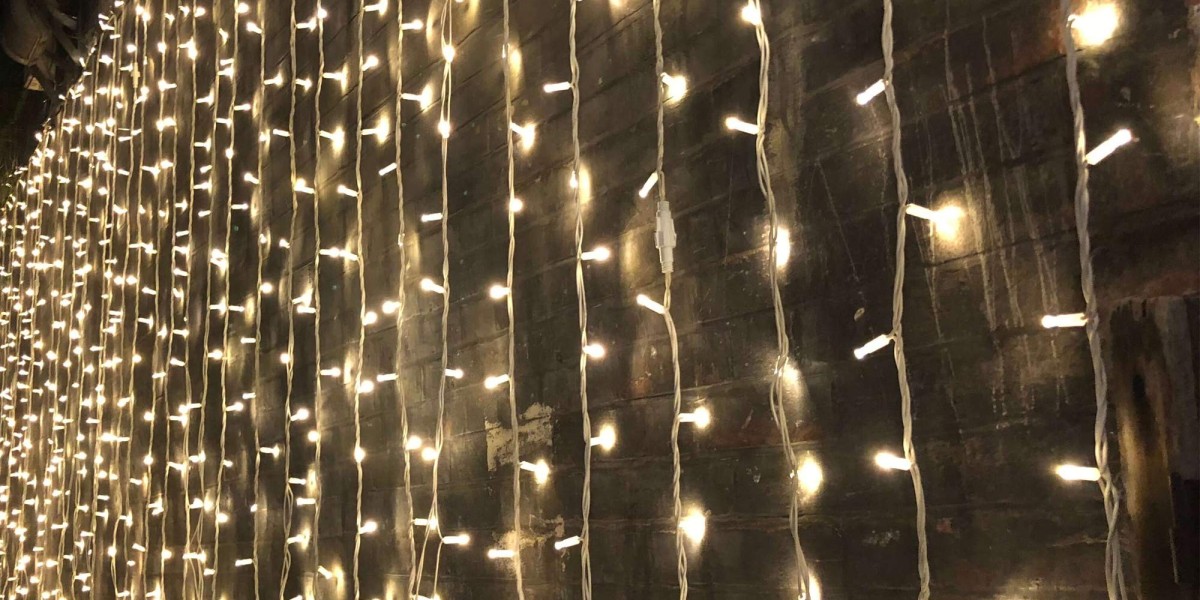Follow Edgar M Downs for more
Terminal blocks, also known as din rail terminals, are crucial components in automation and electrical control systems. They serve the purpose of securely connecting two or more wires together within an insulated housing, incorporating a clamping component and a conducting strip. With various sizes, specifications, and colors available, terminal blocks play a vital role in enhancing safety, providing test points, and protecting expensive electronics and measuring devices.
Why are terminal blocks important?
Terminal blocks are the backbone of electrical systems, offering grounding, isolation, and protection for other components within the electrical cabinet. They not only add functionality and safety to the circuit but also prevent electric shock through their finger-safe connections. Choosing the correct terminal blocks from the start is essential as they safeguard against dangerous electrical situations, prevent shutdowns of production lines, and minimize losses in manufacturing, productivity, and customer confidence.
Read more: How to Fix Led Strip Lights Different Colors
Common types of terminal blocks
Terminal blocks can be broadly classified into three types:
- Single Feed-Through Terminal Blocks: These facilitate wire-to-wire connections by safely connecting two wires together.
- Double Level Terminal Blocks: They stack an additional level of connection terminal on top of the first one.
- Triple Level Terminal Blocks: These feature three levels of contacts stacked on top of one another.
Multi-level terminal blocks allow multiple connections to be made within the same block, resulting in space-saving, simplified wiring, and increased current capacity.
Read more: How many string lights do I need for my patio?
Color coding of terminal blocks
Color coding terminal blocks eliminates the need for additional labeling and provides valuable information to end-users. The colors can indicate high current or voltage, AC or DC input and output, signal distribution wires or power distribution wires, as well as grounding and earthing.
Considerations in choosing the right terminal blocks for your application
Several key factors should be considered when selecting the appropriate terminal blocks for your specific needs:
Determine which type of connection suits your requirements
Different wire termination connections are suitable for various applications. Options include push-in, screw-in, spring cage, insulation displacement, and lugs. Factors such as vibration, long usage in the field, and high currents should be taken into account when making this decision.
Read more: How Many LED Lights on a 15 Amp Circuit | Things You Should Know
Determine specification requirements - space
It is crucial to choose a terminal block and DIN rail that fit well within the available space. Sufficient clearance should be provided above and below the terminal blocks for the terminals, accessories, and the bend radius of the wires being connected. Always ensure that proper agency approvals for safety and end-user location have been met.
Determine specification requirements - electrically
Consider the maximum voltage, current rating, and wire sizes used in your system. The wire size can be calculated based on the current rating, and it is essential to match the contact material of the terminal block with the wires' metal to prevent corrosion and ensure accurate measurements.
Additionally, review the physical environment and temperature ratings. It is essential to choose terminal blocks that have easily accessible actuation points for maintenance requirements after installation.
Choose compatible accessories
Select suitable terminal block housing, cross connectors, end covers, and end brackets that align with your DIN rail requirements. Ensure that the cross connectors are rated to carry the full current required by your conductor. In some cases, terminal blocks may also incorporate fuses, circuit breakers, indicator lights, or other electronics to enhance safety.
Consider whether a pluggable terminal block would meet your requirements. These offer better control over a large group of terminals, save space, and facilitate easy disconnection, testing, and service.
Calculating DIN rail length
To determine the appropriate DIN rail length, you can follow these steps:
- Calculate the total density per foot of all types of terminal blocks and their quantity.
- Add the width of end covers and end brackets.
- Add the width of partition plates, if applicable.
- Add 0.02mm per terminal to accommodate tolerance.
- Add at least 12mm to the calculations for each rail to accommodate rail mounting screws if pre-assembling.
Frequently Asked Questions
Q: Why are terminal blocks important in electrical systems?
A: Terminal blocks provide grounding, isolation, and protection for other components within the electrical cabinet. They enhance safety, add functionality to the circuit, and prevent electric shock.
Q: What are the types of terminal blocks available?
A: Terminal blocks can be categorized into single feed-through, double level, and triple level terminal blocks.
Q: How does color coding of terminal blocks help?
A: Color coding terminal blocks eliminates the need for additional labeling and indicates information such as high current or voltage, AC or DC input and output, and signal distribution or power distribution wires.
Q: What factors should be considered when choosing terminal blocks?
A: Factors to consider include the type of connection required, specification requirements in terms of space and electrical considerations, compatibility with accessories, and calculating the appropriate DIN rail length.
Q: Can terminal blocks incorporate additional electronics?
A: Yes, terminal blocks can include fuses, circuit breakers, indicator lights, and other electronics for enhanced safety and functionality.
Choosing the correct terminal blocks for your application requires careful consideration to ensure robustness, efficiency, and optimal performance. If you need assistance or more information, don't hesitate to reach out to the Panel team at OEM Automatic. Contact us at [email protected] or 0116 284 9900.






